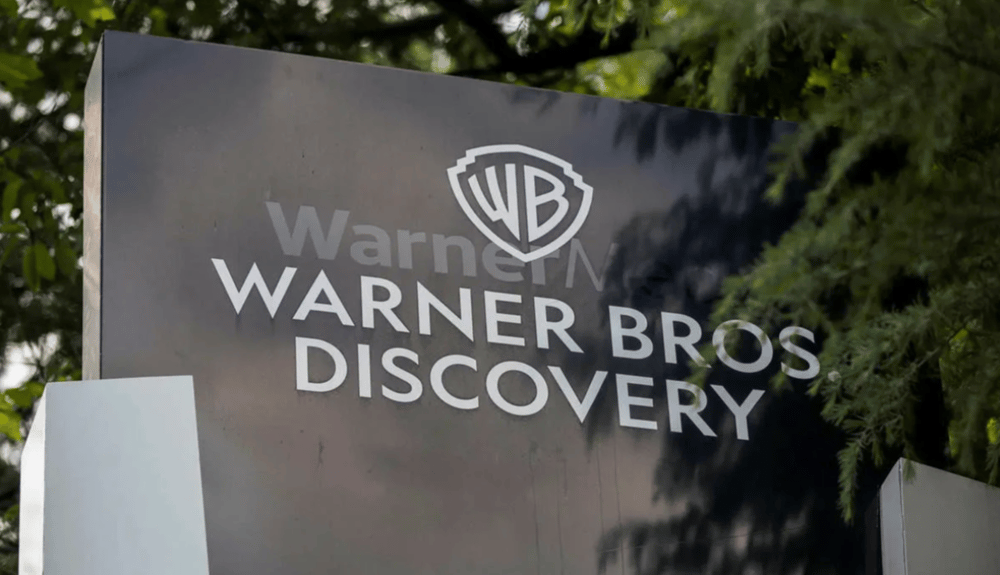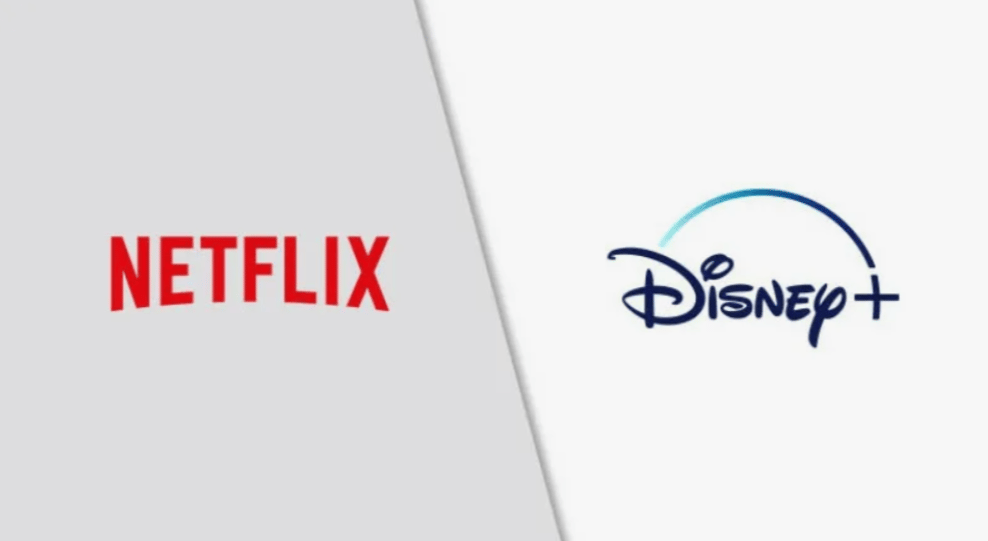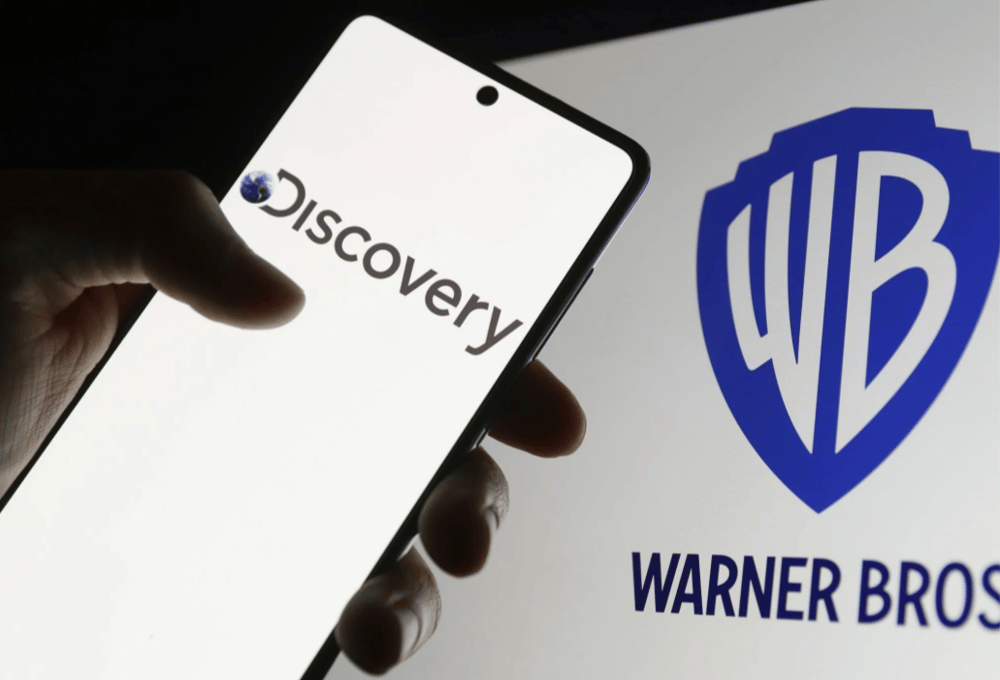Warner Bros Discovery Secures Bondholder Approval for Corporate Split and Capital Restructuring
Warner Bros Discovery Inc. $WBD has received overwhelming bondholder approval for a pivotal corporate restructuring plan. The move will allow the media conglomerate to split into two publicly traded entities—one focused on its high-growth streaming and studio operations, including HBO Max, and the other centered on its legacy cable networks, which have experienced sustained audience decline.
This restructuring signals a fundamental strategic shift in the company’s approach to navigating the evolving dynamics of the global media and entertainment landscape, particularly in an era dominated by digital content consumption and streaming competition.
Bondholder Vote Clears Path for Structural Overhaul
The bondholder vote eliminated legacy debt covenants that had previously restricted Warner Bros Discovery from making material changes to its capital structure. This enables the execution of a long-anticipated separation between its fast-growing direct-to-consumer segment and its declining linear cable television business.
The decision aligns with the company’s intention to enhance operational focus, unlock shareholder value, and streamline financial reporting across distinct business verticals. As traditional cable viewership declines and advertising revenue contracts, the strategic decoupling is viewed by analysts as a necessary realignment toward growth-centric assets.

Warner Bros Discovery Corporate Split
🎬 Bondholders approved the removal of key debt restrictions.
🧾 The company will split into two separately traded entities.
📺 One entity will house HBO Max and Warner Bros. studios.
📡 The other will manage legacy cable assets, including fading linear networks.
📈 Capital restructuring supports more flexible financing post-split.
Market Reactions and Strategic Implications
Financial markets responded with measured optimism. Although WBD stock (WBD.O) was marginally up in pre-market trading, investor sentiment remains cautious pending more granular financial disclosures and execution clarity.
The restructuring is seen as a defensive yet forward-looking maneuver. Analysts view the move as an opportunity to better value the high-margin, content-driven businesses—such as theatrical releases, global IP, and streaming—separately from the lower-growth, capital-draining cable assets.
Importantly, this split provides greater autonomy for the streaming division, which faces intensifying competition from Netflix $NFLX, Disney+ $DIS, and Amazon Prime Video $AMZN. The new capital structure may also attract strategic partners or acquirers post-spin-off, especially in the high-growth content space.

Key Takeaways: Strategic Realignment of Warner Bros Discovery
Bondholder approval removes legacy restrictions, clearing the path for the split.
Streaming and studio operations will gain operational independence and financial focus.
Legacy cable division will be isolated, mitigating reputational and earnings drag.
Capital restructuring enhances flexibility for potential acquisitions or refinancing.
Investor value unlocking likely through improved transparency and growth segmentation.
Media Realignment Reflects Broader Industry Transformation
Warner Bros Discovery’s move to split its business reflects a broader trend of media conglomerates reassessing legacy operations in favor of growth-focused segments. As the traditional cable model continues to decline, separating low- and high-growth assets allows for clearer market valuation and stronger capital deployment strategies.
The approval from bondholders marks a critical milestone in this transformation. It not only accelerates WBD’s pivot toward digital scalability but also underscores the increasing financial and structural agility needed to compete in today’s fragmented media ecosystem.















Comments
Investors are clearly positioning themselves to capitalize on the next wave of industrial transformation
This split is a bold step for Warner Bros Discovery, perfectly timed to adapt to the streaming revolution.